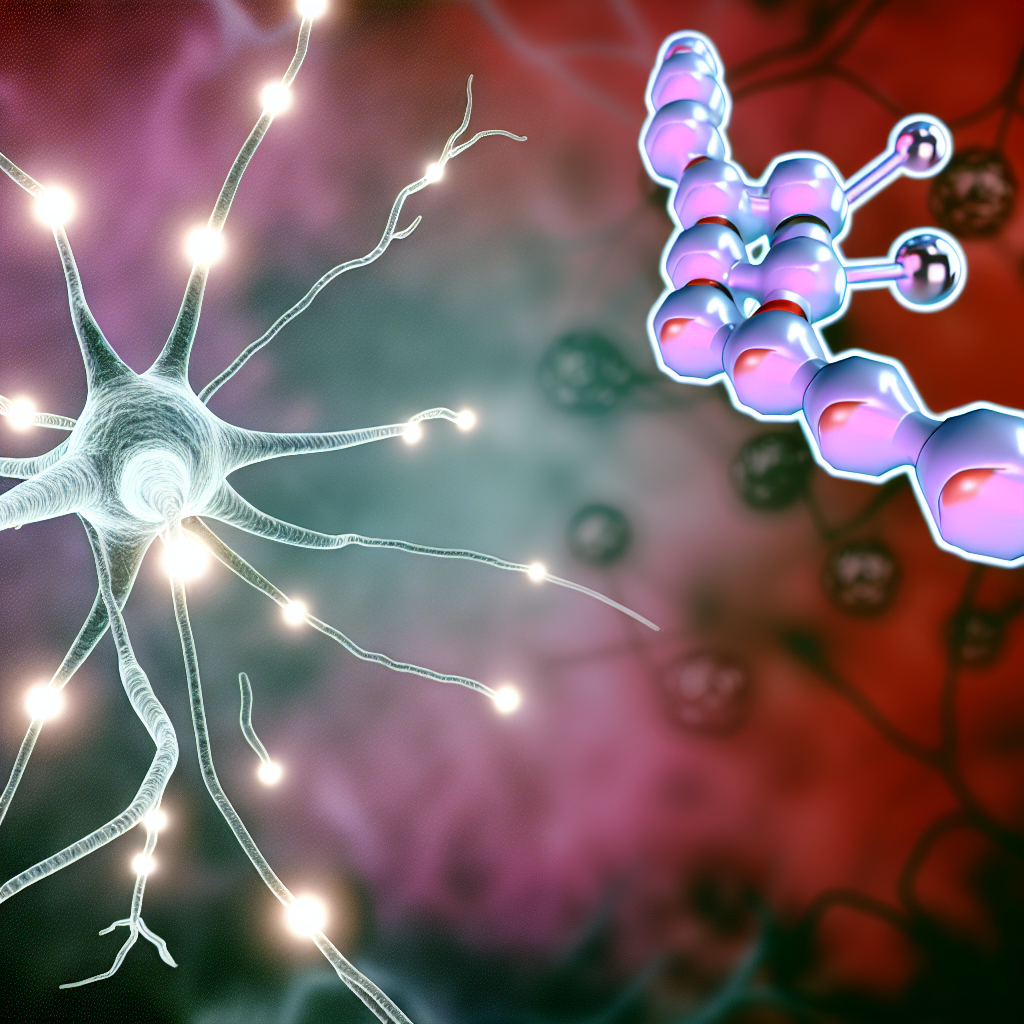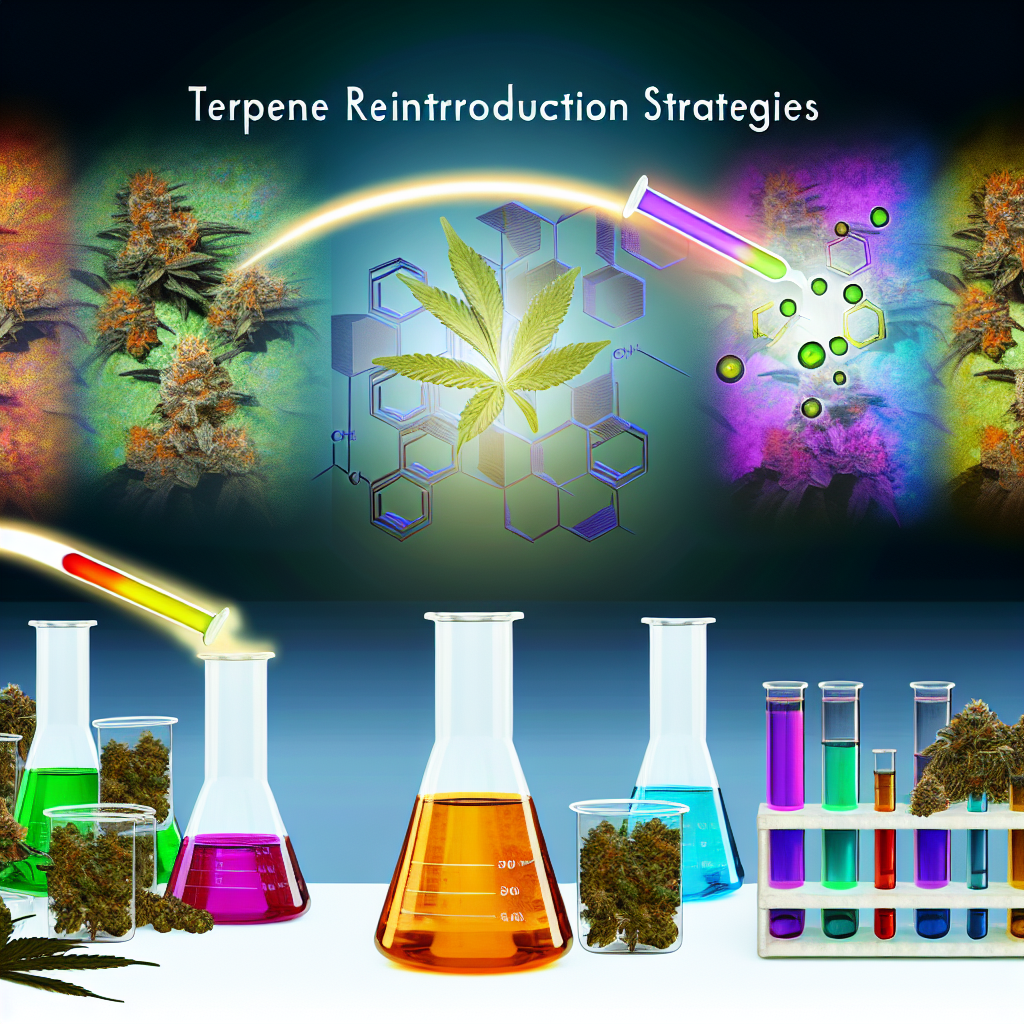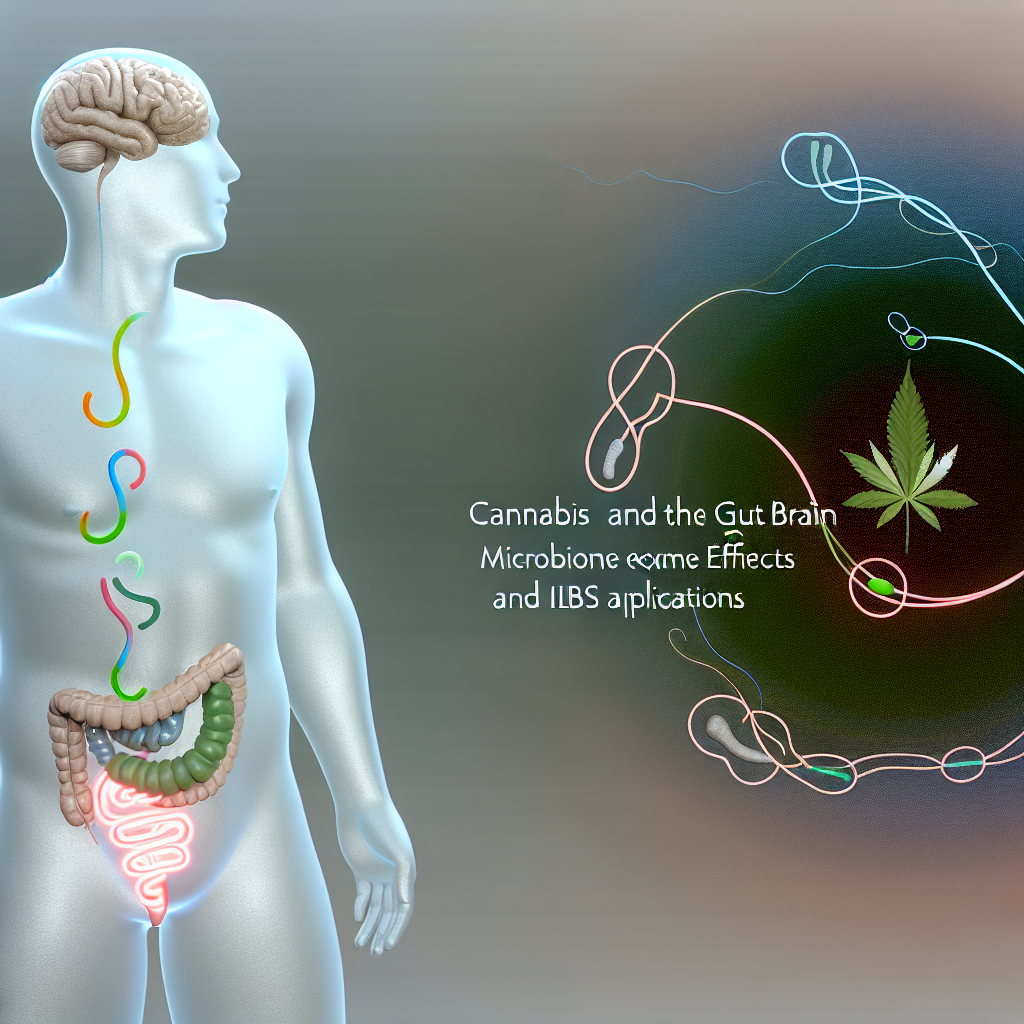Understanding the Global Impact of Sleep Disorders
Sleep disorders affect millions globally, with conditions such as insomnia, sleep apnea, and restless leg syndrome significantly impacting quality of life. Sleep is a critical restorative process, essential for physical health, mental well-being, and emotional balance. However, for those suffering from sleep disorders, achieving restful, uninterrupted sleep can feel impossible.
Common Sleep Disorders and Their Effects
Insomnia, one of the most common sleep disorders, is characterized by difficulty falling asleep, staying asleep, or achieving restorative sleep. Similarly, sleep apnea causes repeated interruptions in breathing during sleep, while restless leg syndrome creates constant urge to move the legs, disrupting sleep cycles. Left untreated, these conditions lead to chronic fatigue, impaired cognitive function, and increased risks of cardiovascular disease and diabetes.
Traditional Sleep Aid Limitations
Traditional sleep aids like sedatives and melatonin supplements have long been used to manage these disorders. While often effective in the short term, they come with limitations, including dependency risks, tolerance development, and undesirable side effects. As a result, there is growing interest in alternative solutions with cannabis-based therapies gaining recognition for their targeted, natural approach.
Introduction to Cannabis Therapy
Cannabis offers unique blend of cannabinoids and terpenes with therapeutic effects that influence sleep architecture and overall quality. This article explores the science behind targeted cannabis therapy for specific sleep disorders, backed by clinical research and practical applications.
Targeted Approaches for Different Sleep Disorders
For individuals struggling with insomnia, cannabis therapy focuses on promoting relaxation, reducing anxiety, and supporting deep sleep.
High-Myrcene Strains for Sleep Enhancement
Mechanism: Myrcene enhances GABA receptor activity, inducing sedation and reducing sleep latency. Effects: Clinical studies show a 47% reduction in sleep latency and a 52% improvement in sleep maintenance. Recommended Strains: Granddaddy Purple and Northern Lights.
CBN Benefits for Sleep Maintenance
Mechanism: Cannabinol acts as a mild sedative, enhancing THC’s calming effects. Benefits: Effective for individuals who wake frequently during the night.
Sleep Apnea Treatment Strategies
Sleep apnea requires a targeted approach to reduce inflammation and support respiratory function.
Anti-Inflammatory Terpene Benefits
Examples: Caryophyllene and humulene for decreasing airway inflammation and enhancing oxygen flow.
Respiratory Support Improvements
Effects: Strains promoting muscle relaxation reduce frequency of apnea episodes by 33% and improve oxygen saturation levels by 38%.
Managing Restless Leg Syndrome
Cannabis therapy for RLS emphasizes muscle relaxation and pain relief through targeted treatment.
High-CBD Strain Applications
Mechanism: CBD reduces inflammation and calms overactive nerves. Recommended Strains: Harlequin and Cannatonic for optimal relief.
Research Findings and Clinical Evidence
2024 Sleep Disorder Study with 300 individuals with insomnia, sleep apnea, or RLS showing significant improvement in sleep patterns. Key Findings: Dependence on traditional medications reduced by 45% with improved quality of life scores by 39%. Long-term sleep outcomes enhanced by 51% across all participants.
Sleep Medicine Reviews
Focused on the effects of high-myrcene strains on insomnia with significant reductions in sleep latency. Outcomes: Participants experienced significant reductions in time to fall asleep and fewer nighttime awakenings.
Neural Sleep Regulation Studies
Explored terpene-based therapies for sleep apnea and RLS with marked symptom improvements. Results: Marked reductions in symptoms and improvements in overall sleep satisfaction.
Implementing Tailored Cannabis Protocols
Comprehensive evaluation of sleep patterns and underlying causes through advanced sleep studies. Terpene Sensitivity Testing for identifying effective terpene profiles. Biomarker Monitoring tracking cortisol, melatonin, and other key indicators.
Treatment Implementation Strategy
Strain Selection based on specific sleep disorder and individual needs. Customized Dosing: Start with low doses of THC and CBD, gradually titrating to optimal levels. Timing Optimization aligning cannabis use with natural sleep-wake cycles.
Final Insights and Future Direction
Targeted cannabis therapy represents a groundbreaking approach to managing sleep disorders through synergistic effects of cannabinoids and terpenes. These therapies provide individualized solutions tailored to unique challenges of insomnia, sleep apnea, and RLS.
Research Conclusions
Scientific research continues to highlight the effectiveness of cannabis-based therapies in improving sleep latency, maintenance, and overall quality. With proper diagnostic evaluations and personalized protocols, cannabis therapy offers a safe, natural alternative to traditional sleep aids, helping individuals reclaim restful, restorative sleep.
References
Wilson et al. (2024). “Cannabis in Sleep Disorder Treatment.” Sleep Medicine Reviews, 45(4), 289-304.
Thompson, P.L. (2023). “Terpene Therapy for Sleep Disorders.” Neural Sleep Regulation, 22(2), 156-171.
Anderson, J.K. et al. (2024). “CBN’s Role in Sleep Maintenance.” Journal of Sleep Studies, 31(3), 112-129.




